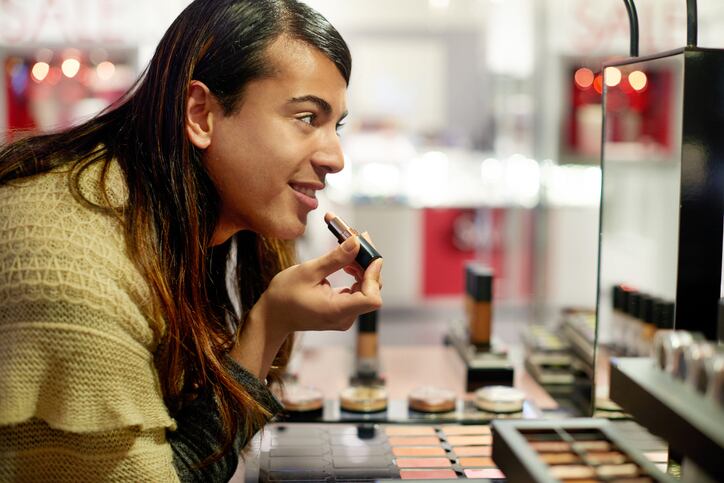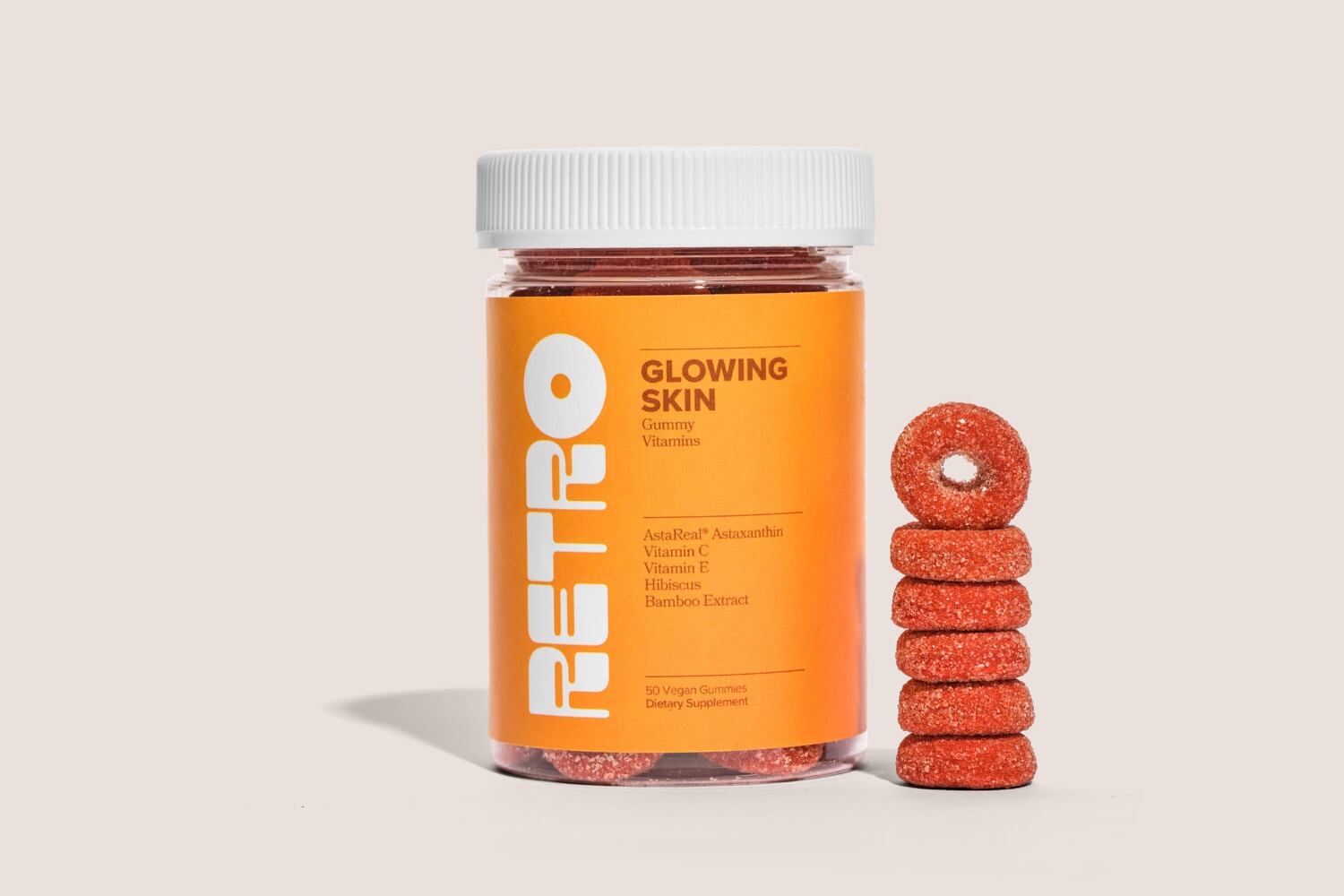As non-binary people have gained more visibility in the US market, more brands have focused on developing marketing and positioning around those consumers.
Chief Marketing Officer at PCA Group Brady Donnelly told CosmeticsDesign that to effectively position a non-binary brand or use non-binary messaging requires a specific understanding of who the target consumer is, where they are and how much they know about what non-binary means.
According to a CosmeticsDesign Europe article, GlobalData projects that unisex and gender neutrality will become the global standard in skin care and color cosmetics.
Types of non-binary marketing
Donnelly said there are generally two types of brands that use non-binary marketing. Some companies overtly use non-binary positioning to specifically appeal to consumers who are already aware of the issue, while others simply don’t use blatantly gendered marketing.
“Taking a position to appeal emotionally would be the difference between the two,” Donnelly said. “One is more of a statement, and one is more of essentially a non-statement or a lack of expression about anything specific.”
Brands that are making a direct statement with their use of non-binary marketing usually have non-binary consumers and language woven through the brand’s core positioning, Donnelly said.
Because understanding of non-binary issues and messaging is fairly regional in the United States, Donnelly said education is an important element of non-binary marketing.
Much like when clean beauty emerged on the market, he said brands will need to educate consumers outside of their niche market as to what non-binary beauty is. While most consumers in cities like Manhattan are likely to be familiar with the positioning, customers in other regional markets may not.
Find your consumer and focus on them
Like brands that use overtly gendered marketing, brands that use overtly non-binary marketing and positioning are focused on a specific group of consumers.
GlobalData estimated in 2021 that how well a product was tailored to an individual’s needs and personality often or always influenced product choices for 53% of consumers.
“That's how the brand wants to express itself, it’s core to their positioning, it’s the heart of the brand,” Donnelly said. “They're willing to risk scale against that perspective.”
With the consumer segment who is specifically interested in non-binary products, Donnelly said marketing fundamentals are important. Knowing where those consumers will be, physically or digitally, how they speak, what social circles they are in and what media they consume is important in carving out a piece of the segment.
For brands that are not overtly using gendered or non-binary messaging, meeting desired consumers, where they are, can help attract consumers who may not know the products are for them.
Donnelly said communicating to male consumers who are not familiar with the world of personal care is often where companies see the need for specifically gendered marketing. Some male consumers may feel overwhelmed by the more general brands and feel gendered brands are for them.
Through social campaigns, non-overt brands can show consumers that people like them or people they look up to using the products.
“You've got your own social feed, you've got your own print campaigns, you have your own influencer selection where you can find a person that the consumer you want relates to, that speaks to that consumer and that doesn't offend the rest of the ones that you want,” Donnelly said.
Generally, developing a successful non-binary brand positioning is about building a brand around a specific consumer and going after that market instead of trying to appeal to a broad market.




